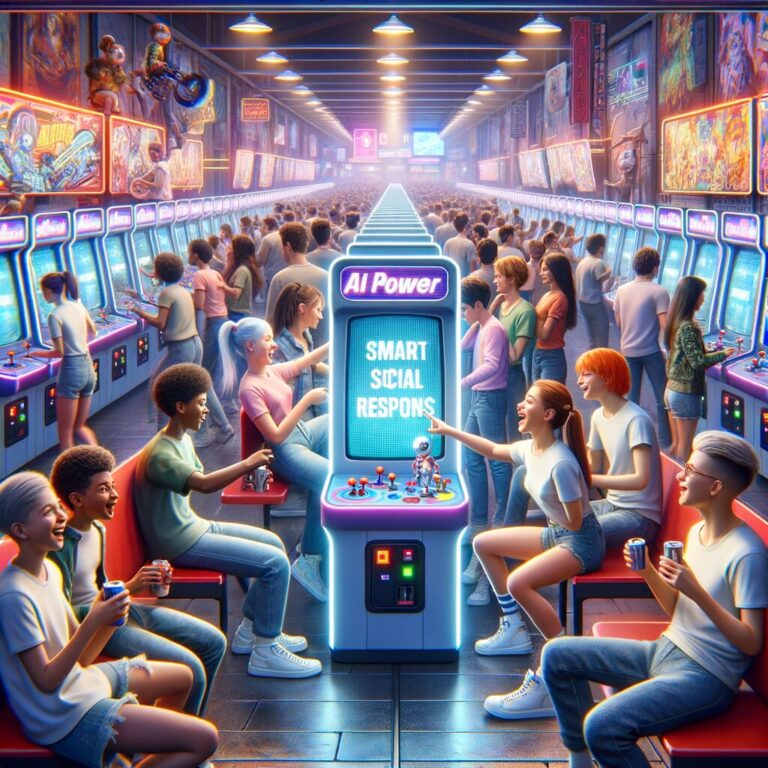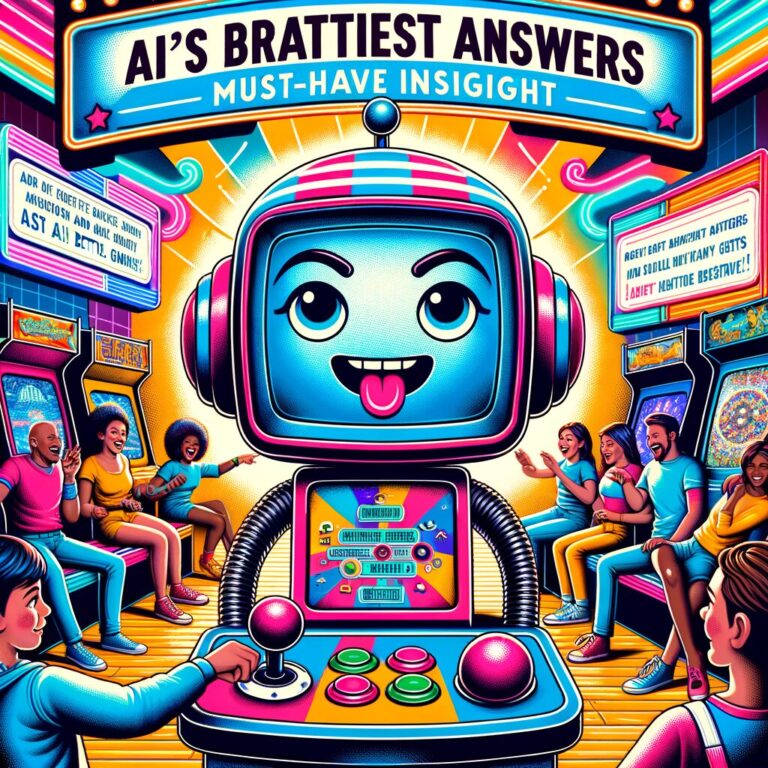The realm of education is witnessing a profound transformation with the advent of cutting-edge technology, particularly in the form of AI teacher’s assistants. These intelligent assistants, powered by artificial intelligence, are revolutionizing the way students learn and teachers educate. By leveraging machine learning algorithms and natural language processing capabilities, AI teacher’s assistants are reshaping classrooms and enhancing educational outcomes.
The Rise of AI Teacher’s Assistants
AI teacher’s assistants are digital tools designed to support educators in various aspects of teaching, from lesson planning to grading assignments. These assistants can analyze student data, provide personalized feedback, and even create custom learning pathways based on individual student needs. By automating routine tasks and offering real-time insights, AI teacher’s assistants are freeing up teachers to focus on high-value activities such as mentoring and guiding students.
Enhancing Student Learning
One of the key advantages of AI teacher’s assistants is their ability to personalize learning experiences for students. By analyzing vast amounts of data, including students’ performance, preferences, and learning styles, these assistants can tailor instruction to meet the unique needs of each individual. This personalized approach not only enhances student engagement but also improves learning outcomes by catering to the specific strengths and weaknesses of students.
Empowering Educators
AI teacher’s assistants are not designed to replace teachers but rather to complement their expertise and support them in delivering effective instruction. These assistants can help educators identify areas of improvement, suggest teaching strategies, and provide insights into student progress. By leveraging AI teacher’s assistants, teachers can optimize their teaching methodologies, leading to more efficient and impactful classroom interactions.
Improving Classroom Efficiency
AI teacher’s assistants are streamlining administrative tasks such as grading assignments, organizing class schedules, and managing student data. By automating these routine activities, educators can save time and focus on creating engaging learning experiences for their students. This increased efficiency not only benefits teachers but also contributes to a more productive and organized classroom environment.
The Future of Education
As AI teacher’s assistants continue to evolve and integrate with existing educational technology, the future of education looks increasingly digital and dynamic. By harnessing the power of AI, educators can unlock new possibilities for personalized learning, data-driven instruction, and student engagement. While challenges such as data privacy and algorithm bias must be addressed, the potential benefits of AI teacher’s assistants in transforming education are vast.
In conclusion, AI teacher’s assistants are at the forefront of the digital revolution in education, offering innovative solutions to enhance teaching and learning experiences. By leveraging the capabilities of artificial intelligence, these assistants are empowering educators, personalizing instruction, and improving classroom efficiency. As the field of educational technology advances, AI teacher’s assistants are poised to play a pivotal role in shaping the future of education, elevating the quality of learning and preparing students for success in an increasingly complex and interconnected world.






